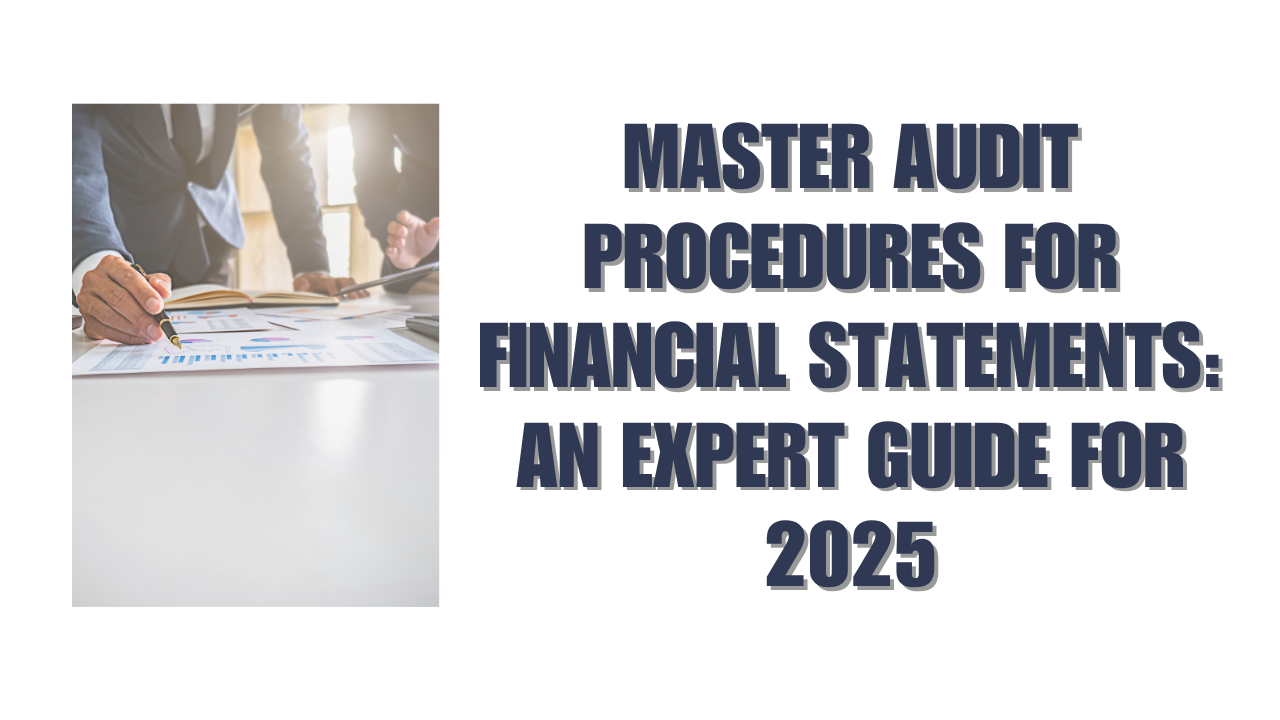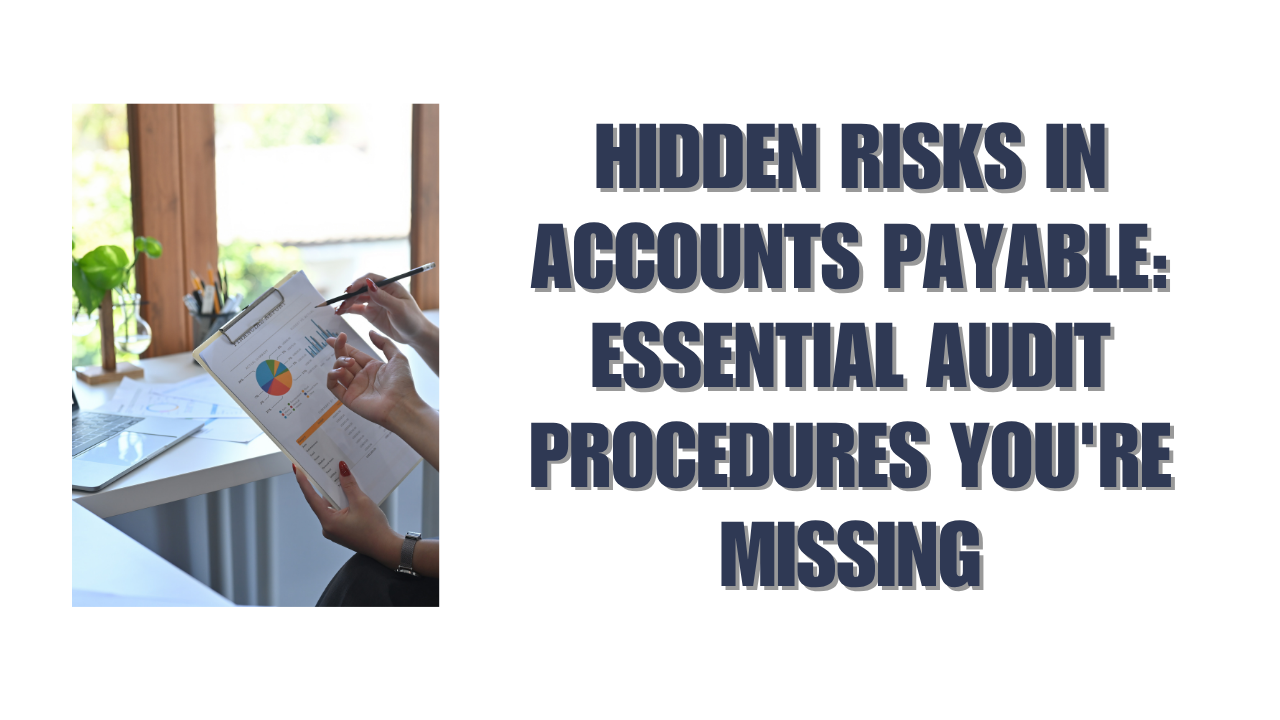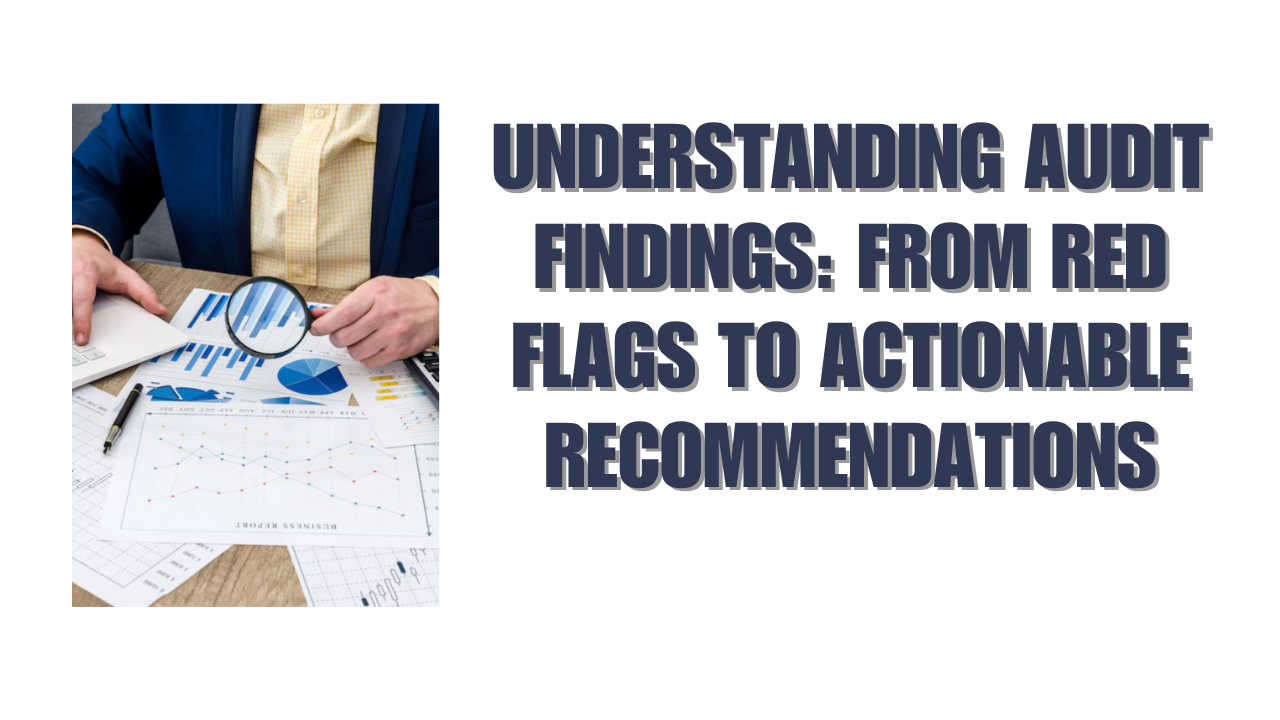Audit software tools in New Zealand can cost between $8 to $70 per user monthly. The price gap is staggering – a 775% difference!
SharePoint, Google Workspace, and specialized solutions like FYI Docs present numerous options to choose from. A recent survey reveals businesses are almost equally distributed among different document management systems. Each system comes with its own set of features and pricing structures.
We know how challenging this decision can be. Our complete guide will direct you through audit software tools of all types – from free solutions to premium options. You’ll learn to pick the right tool that matches your budget and business requirements.
Understanding Different Types of Audit Software Tools
Audit software tools have different purposes that depend on their design and use. You need to understand these differences to make smart choices for your organization.
Internal vs External Audit Tools
Internal audit software helps improve processes and assess risks within organizations. These tools support internal auditors who stay independent by reporting to the board’s audit committee. Internal audits happen year-round and we aim to improve operations and cut down fraud risks.
External audit tools focus on checking compliance and financial statements. These tools help external auditors who work outside the organization. External audits usually happen once a year and give stakeholders confidence about financial reliability and regulatory compliance.
Cloud-based vs On-premise Solutions
Cloud-based audit solutions work better than traditional setups. These platforms let teams work together in real-time and show data in better ways. On top of that, it’s easier to share reports and communicate across teams with cloud solutions.
On-premise software needs separate licenses for each user or server, which costs more upfront. These traditional solutions also need lots of maintenance and regular backups to keep data safe. Many organizations now switch to cloud platforms because they offer better security and grow more easily.
Free vs Premium Options
Free audit software, especially open-source tools, offers simple features for small audits. All the same, these tools often lack advanced features and good support. Premium versions come with better features like:
- Automated workflows for data collection and analysis
- Customizable templates and reporting tools
- Immediate alerts and notifications
- Integrated compliance management features
Your choice between free and premium options depends on your audit complexity, team size, and compliance needs. Premium solutions cut audit preparation time by 30% and work 40% faster, making them budget-friendly for organizations that need regular audits.
Evaluating Free Auditing Software Options
Small businesses looking for affordable options often use free audit software tools. Let’s look at these options to help you make better decisions.
Top Open Source Audit Tools
Open-source audit software tools have become very popular in industries of all sizes. These tools are a great way to get several advantages. You can analyze data in standard text files and access databases without paying for licenses. Some notable options include:
- ADAudit Plus for Active Directory changes
- Open-Audit for asset management
- Qualyze for full audit lifecycle coverage
- Netwrix for network device monitoring
- iAuditor for mobile inspections
Limitations of Free Solutions
Free audit tools have many benefits but also come with certain limitations. The FBI’s Internet Crime Complaint Center received over 880,000 cybercrime reports in 2023, with losses exceeding USD 12.50 billion. This explains why you need to understand these limitations.
Setting up and configuring free tools can be challenging. Most automated tools depend on build system information and might miss open source components that come through other paths. Build-oriented tools usually can’t analyze third-party components.
There’s another reason to be careful with vulnerability management. Free versions only offer simple security assessment features and don’t get regular threat intelligence updates. Small businesses face an average data breach cost ranging from USD 120,000 to USD 1.24M. These limitations matter especially when you have such high risks at stake.
When Free Tools Make Sense
Free audit software tools can be valuable in specific situations. We found they work best for small or startup businesses with tight budgets. These tools work well when:
Your organization needs simple vulnerability scanning and configuration auditing. Open-source solutions let communities improve them and identify vulnerabilities quickly. Businesses can use continuous auditing features without spending money upfront.
But high-stakes events like mergers and acquisitions make automated free tools risky to use alone. Your organization should look into more detailed solutions that include expert analysis and advanced features in these cases.
Calculating Total Cost of Ownership
The total cost of ownership (TCO) of audit software tools goes way beyond the original purchase price. Software licensing has a substantial portion of an organization’s IT budget. We need to analyze all cost components really well.
Direct and Hidden Costs
Audit software’s upfront costs have licensing fees and subscription payments. Most software vendors now move from one-time perpetual licenses to subscription-based models. Companies with revenue over $50 million face an average true-up cost of $263,000.
Primary cost components have:
- Core software licenses and API integration fees
- Security configuration and compliance testing
- Data storage and infrastructure requirements
- Vendor audit costs and potential compliance charges
Vendor audits often reveal hidden costs. More than 10% of audited companies pay over $1 million in software-vendor fines.
Implementation Expenses
Implementation costs reach way beyond the initial setup. Data migration expenses range from $10,000 to $70,000, based on data volume and complexity. Organizations must allocate resources for:
Quality assurance and testing procedures need substantial investment, ranging from $20,000 to $100,000. The implementation timeline can take up to six months. This affects overall productivity and needs careful resource planning.
Training and Maintenance Costs
Training expenses show significant variation, from $25 per user to $15,000 per session. Ongoing maintenance costs usually reach about 40% of the initial compliance cost.
Annual maintenance covers regular updates, security patches, and technical support. Software audits can take up to a year to complete, so organizations should factor in potential downtime costs. Maintenance contracts can reach up to 20% of the initial purchase price.
Small and medium enterprises must implement cost-saving strategies effectively. Multi-year commitments or bulk licensing can lead to substantial savings through better deals. Regular audits of usage patterns help prevent unnecessary expenses by optimizing user licenses.
Creating a Smart Selection Framework
Picking the right audit software tools needs a well-laid-out approach that lines up with your organization’s needs. The right audit management software optimizes data analysis and helps with everything from the original risk assessment to detailed control testing.
Must-have Features for SMEs
Small and medium enterprises need audit software that delivers detailed functionality without complexity. A strong audit management system should include:
- Real-life data analysis and reporting capabilities
- Customizable audit templates and checklists
- Task assignment and collaboration features
- Detailed audit trail documentation
- Interactive dashboards for visualization
The audit software should provide clear structure around audit procedures to guide staff and avoid confusion. Knowing how to access and analyze 100% of audit data, whatever the complexity, shows the true value of the audit function.
Integration Requirements
Integration capabilities shape how well audit software works after implementation. Connected technologies and systems promote cross-functional collaboration that ended up leading to greater efficiency and cost savings. Companies must assess how audit functions work with:
Risk assessment processes and control testing procedures. The software should naturally connect with existing IT infrastructure, including ERP systems and document management platforms. Strong data integrations help internal audit teams understand activities in regulatory compliance and information security domains.
Scalability Considerations
Size alone doesn’t determine complexity, but scalability is vital to long-term success. A company can be large with simple operations, while small companies in specific industries might handle complex processes with multiple revenue streams.
The software should handle increasing audit volumes and complexity as businesses grow. It must keep running efficiently even with large datasets and multiple users. Standards can be applied proportionally, letting practitioners use professional judgment and tailor audit procedures based on company complexity.
Success in audit software implementation depends on getting proper funding, finding the right resources, and developing effective progress measurement methods. The most successful internal audit technology initiatives come from change agents who have authority, knowledge, and strategic understanding to drive effective technology transformation.
Implementing Cost-Saving Strategies
Smart cost management strategies can reduce software expenses by up to 30% for small and medium enterprises. Let’s look at proven ways to get the most from your audit software investment.
Negotiating Better Deals
Good vendor relationships create opportunities for big savings. You can get better terms through regular contract reviews and negotiations by:
- Long-term agreements for lower pricing
- Bulk purchasing arrangements
- Joining buying groups to boost purchasing power
- Bundled service discounts
List prices should always be questioned. Software vendors can profit from any deal because their direct costs stay low. Negotiations timed with quarter-end or year-end often lead to extra discounts.
The right timing combined with clear indirect access rights before signing helps avoid future issues. You need to address external users or API access costs at the start. Once the software gets implemented, switching costs become too high and reduce your bargaining power.
Optimizing User Licenses
License optimization ensures proper allocation and usage tracking. Companies often pile up unused licenses that create ongoing maintenance or subscription costs. Regular audits with tools like QuickBooks or Xero help track and cut these hidden expenses.
A deep usage analysis should happen before license renewal. Resources get drained by unused subscriptions and idle equipment. Companies can save 20% on license costs when they combine overlapping tools and give targeted training.
Technology-as-a-service models offer another option. This approach lets managed service providers own the hardware, which cuts upfront costs and maintenance duties. Software costs can jump faster without proper management, with some services costing over $3,000 yearly for small teams.
Maximizing ROI Through Training
Employee training delivers big returns despite seeming counterintuitive for saving money. Trained employees work better and make fewer expensive mistakes. Complete training reduces the need for third-party solutions.
To get the best training results:
- Run regular onboarding and monthly workshops
- Use free vendor training resources
- Start cross-training programs
- Keep training materials and processes documented
A construction firm set baseline skills and saw a 35% jump in software use through focused training. A financial services company boosted collaboration efficiency by a lot after training on advanced features.
Good training helps teams become power users of existing tools. Teams often miss valuable features that could replace separate tools until they master core functions. Skills audits identify areas that need improvement and ensure software investments stay optimized.
Conclusion
The right audit software choice can make or break an SME’s efficiency. Your budget plays a crucial role, with prices ranging from $8 to $70 per user monthly. A smart evaluation of software types, costs, and implementation methods helps businesses make budget-friendly choices that line up with their needs.
Free solutions serve simple requirements well. Premium options are a great way to get advantages when you have complex audit needs. The total cost of ownership calculation should happen before making final decisions.
Organizations need a well-laid-out selection process and proven ways to cut costs. Teams can maximize their software investment returns through regular training, optimized licensing, and mutually beneficial alliances with vendors.
The perfect audit software depends on your business needs, resources, and future plans. Your careful software selection today will create substantial cost savings and better operations tomorrow.
FAQs
Q1. What are the key features to look for in audit software for SMEs?
Essential features for SMEs include real-time data analysis, customizable audit templates, task assignment capabilities, comprehensive audit trail documentation, and interactive dashboards for visualization. The software should also offer clear structure around audit procedures and the ability to analyze all audit data efficiently.
Q2. How can SMEs save money when implementing audit software?
SMEs can save money by negotiating better deals through long-term agreements or bulk purchasing, optimizing user licenses by regularly auditing usage, considering technology-as-a-service models, and maximizing ROI through comprehensive employee training programs.
Q3. What are the advantages of cloud-based audit solutions over on-premises options?
Cloud-based audit solutions offer real-time collaboration, enhanced data visualization capabilities, streamlined communication, and easier accessibility across teams. They also provide more reliable security measures and easier scalability compared to on-premise solutions, which often require higher upfront costs and substantial maintenance expenses.
Q4. When should SMEs consider free audit software tools?
Free audit software tools can be beneficial for small or startup businesses with limited budgets, especially when they need basic vulnerability scanning and configuration auditing. However, for high-stakes events like mergers and acquisitions, more comprehensive solutions with expert analysis and advanced features are recommended.
Q5. How does the total cost of ownership for audit software extend beyond the initial purchase price?
The total cost of ownership includes direct costs like licensing fees and subscription payments, as well as hidden costs such as implementation expenses, data migration, quality assurance, training, and ongoing maintenance. Organizations should also consider potential downtime costs and vendor audit expenses when calculating the total cost of ownership.





